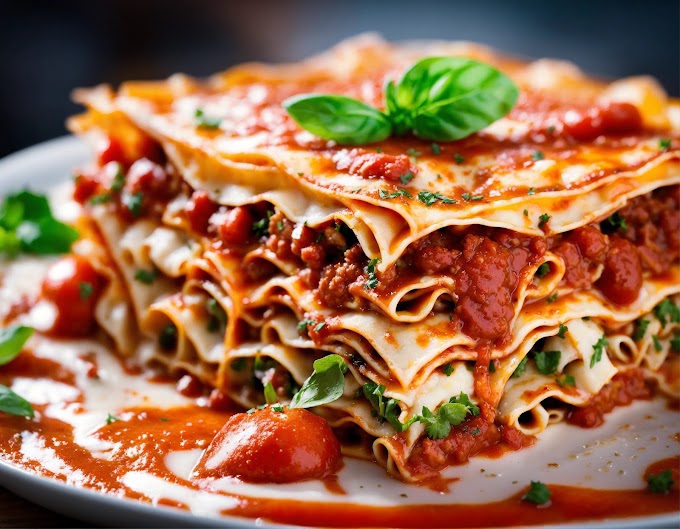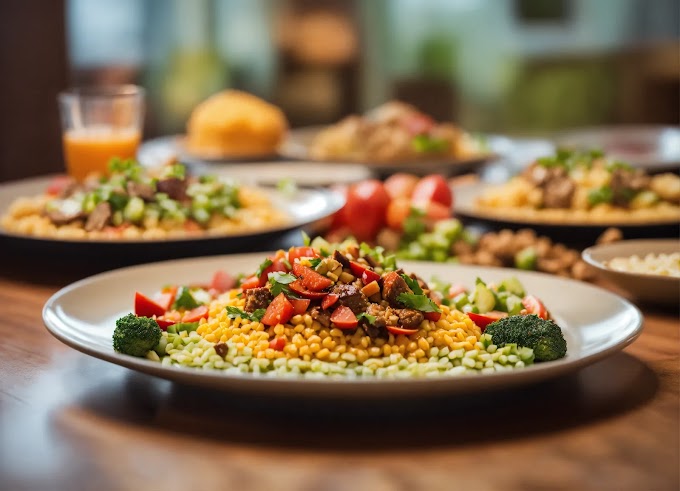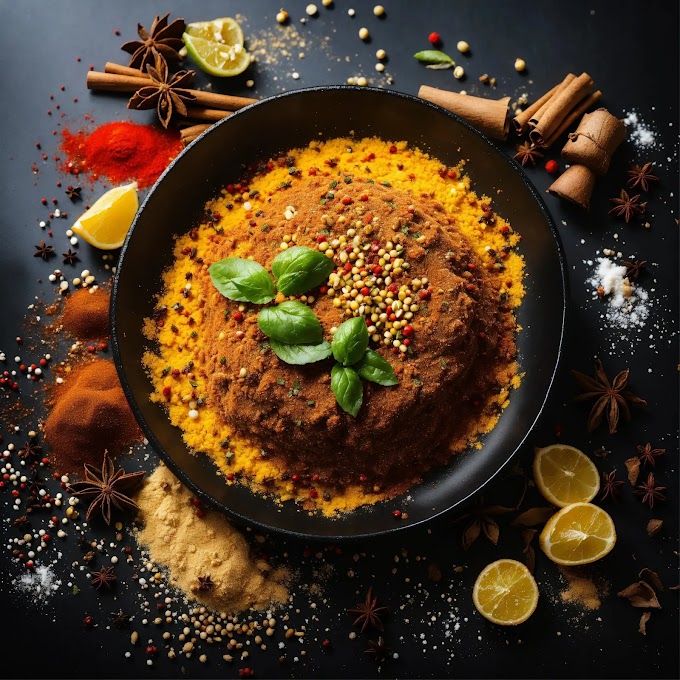Introduction:
Chopping, the rhythmic sound of a knife meeting fresh ingredients, is an essential skill in the kitchen. It's not just a practical necessity but an art form that transforms raw ingredients into culinary masterpieces. In this exploration, we'll dive into a collection of recipes where the act of chopping takes center stage, bringing together flavors, textures, and the joy of hands-on preparation.
Fresh Vegetable Stir-Fry: A Symphony of Colors and Crunch:
Embark on a journey of vibrant flavors with a fresh vegetable stir-fry. Chopping an array of colorful vegetables like bell peppers, broccoli, and carrots infuses this dish with both nutrition and visual appeal. The crisp textures and diverse flavors make it a satisfying and healthy choice.
Hearty Minestrone Soup: Chopping for Wholesome Goodness:
Elevate your soup game with a hearty minestrone that showcases the art of chopping. A medley of vegetables, including tomatoes, zucchini, and beans, adds substance to this comforting soup. Each chop contributes to the depth of flavor, creating a bowl of wholesome goodness.
Bruschetta with Fresh Tomato Salsa: Savoring the Essence of Summer:
Celebrate the flavors of summer with bruschetta topped with a fresh tomato salsa. Chopping ripe tomatoes, red onions, and fragrant basil transforms these simple ingredients into a burst of seasonal freshness. Drizzle with balsamic glaze, and you have a delightful appetizer or light meal.
Colorful Fruit Salad: Chop and Mix for a Refreshing Treat:
Chopping extends beyond savory dishes; it plays a key role in crafting refreshing fruit salads. Combine a variety of fruits like watermelon, pineapple, and berries for a colorful and nutritious medley. The act of chopping enhances the aesthetics and ensures each bite is a symphony of flavors.
Homemade Salsa: Chopping for Zesty Perfection:
No culinary exploration of chopping is complete without homemade salsa. Dice tomatoes, onions, jalapeños, and cilantro to create a zesty and flavorful salsa. The precision of each chop contributes to the balance of heat, freshness, and tanginess that defines this beloved condiment.
Conclusion: Crafting Culinary Masterpieces, One Chop at a Time:
In conclusion, the act of chopping is more than a culinary task; it's a tactile and sensory experience that transforms raw ingredients into culinary masterpieces. From savory stir-fries to refreshing fruit salads, the precision of chopping adds an artistic touch to your creations. So, sharpen those knives, embrace the rhythm of chopping, and let the kitchen become your canvas for culinary expression. Happy chopping!
FAQs - Navigating the World of Chopping in the Kitchen:
What types of knives are best for chopping?
- For chopping, a chef's knife is often recommended due to its broad, sturdy blade. Santoku knives are also popular for chopping tasks. Ensure your knife is sharp for efficient and safe chopping.
How finely should ingredients be chopped for different recipes?
- The desired chop size varies by recipe. For stir-fries, a medium chop works well, while salsas may require a finer dice. Follow the recipe's guidelines and consider your personal preference for texture.
Are there chopping techniques to improve efficiency and safety?
- Yes, mastering proper chopping techniques enhances both efficiency and safety. The claw grip for holding ingredients, the rocking motion of the knife, and the use of a sharp blade are essential aspects to focus on.
Can I use a food processor for chopping instead of a knife?
- While a food processor can expedite the chopping process, it may result in a less uniform chop and can sometimes over-process ingredients. It's a matter of personal preference, but many chefs value the control and precision of hand chopping.
How can I avoid tearing up while chopping onions?
- Chilling the onion in the refrigerator before chopping can help reduce the release of irritants that cause tearing. Additionally, cutting onions under running water or wearing protective eyewear can minimize discomfort.











Thank you for comments